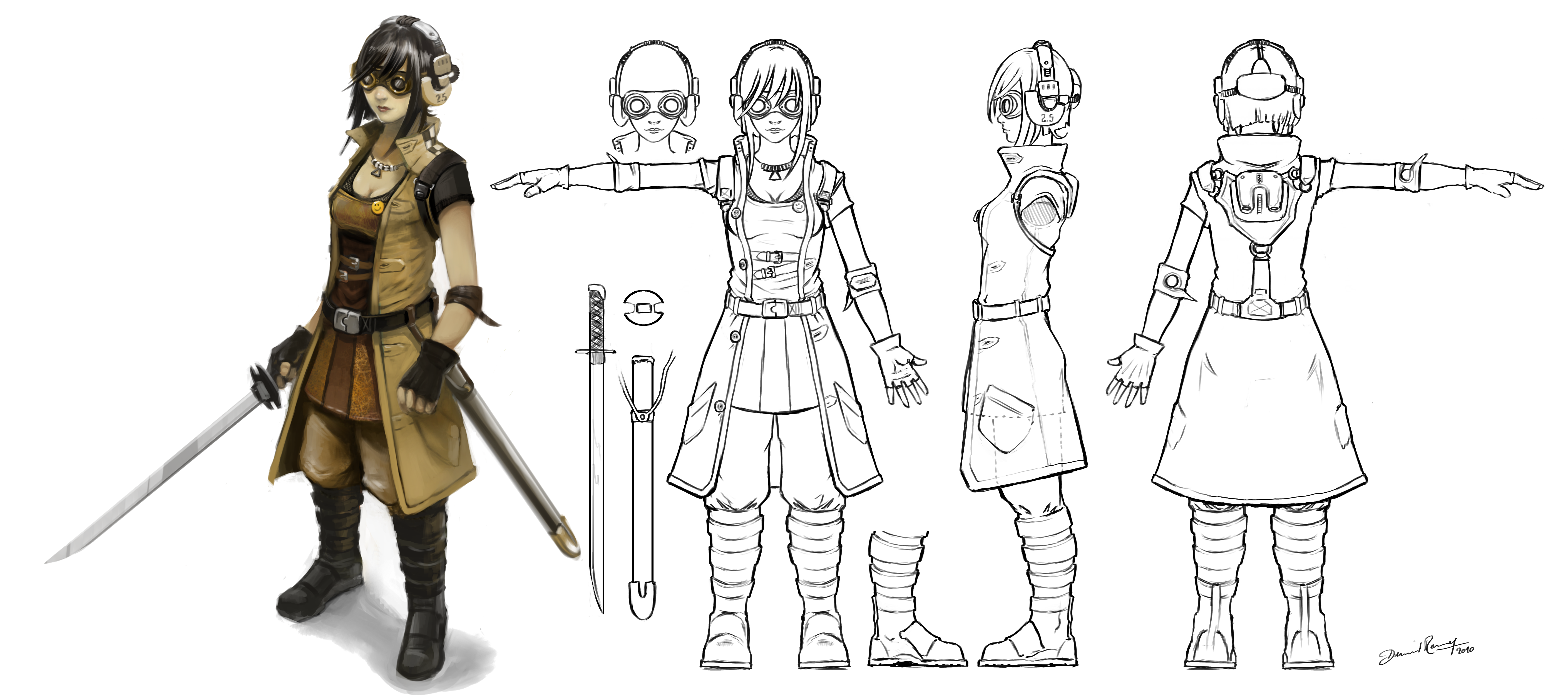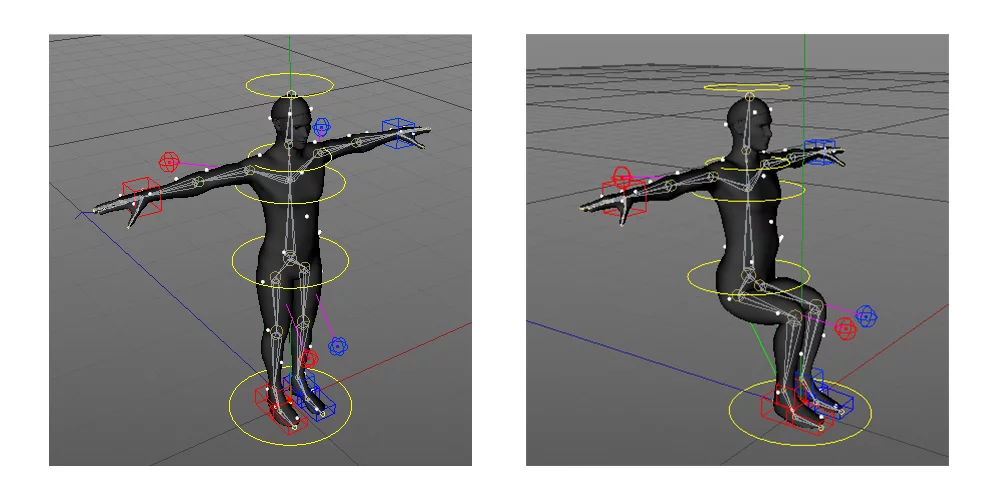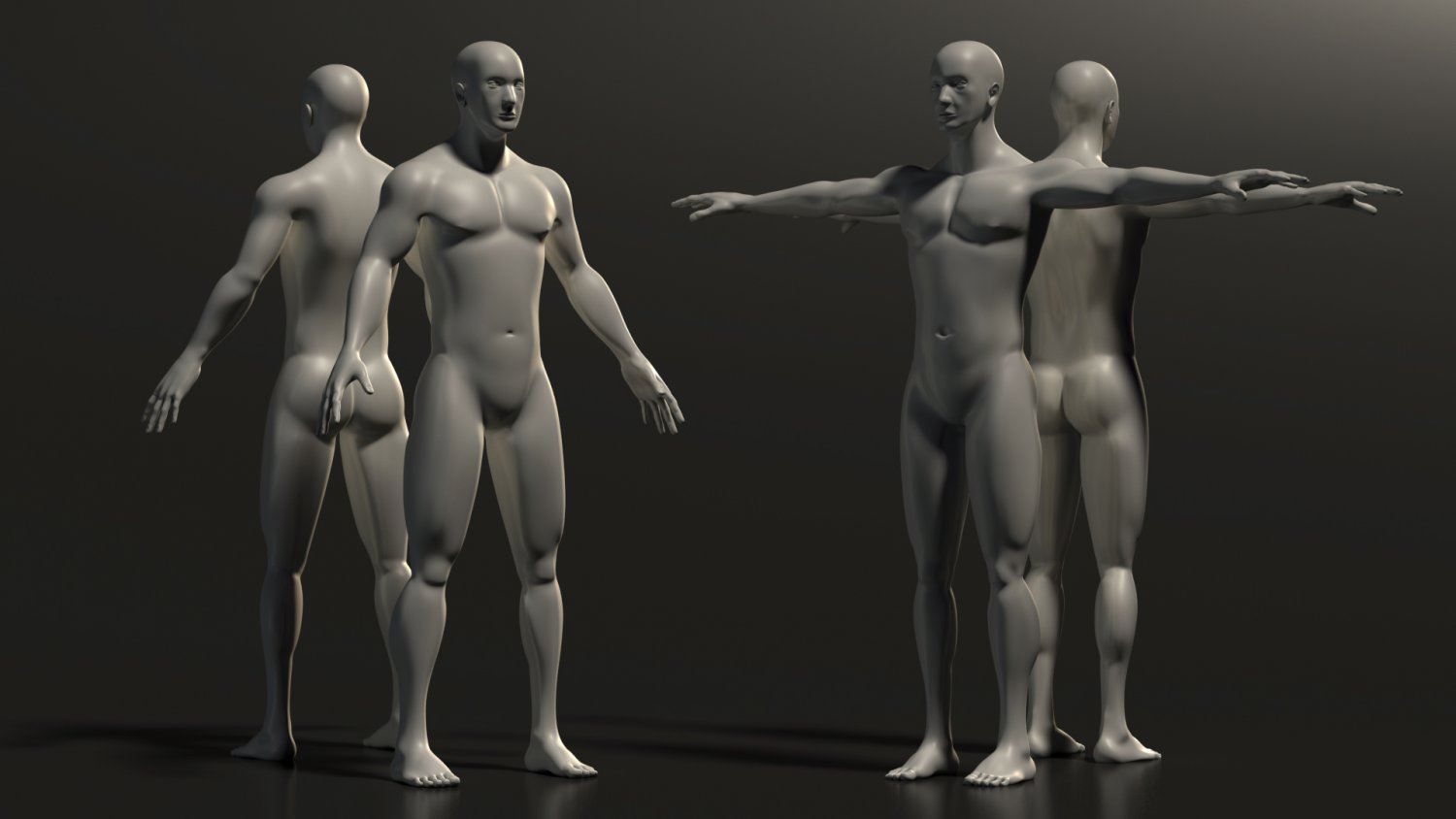Generating T-Pose Models in 3D: Techniques, Benefits, and A-Pose Comparison with an Introduction to Tripo AI
Introduction:
In the dynamic world of 3D modeling and animation, the T-pose stands as a foundational element, but the choice between T-pose and A-pose remains a crucial decision. This article explores the significance of the T-pose, its advantages over the A-pose, and the intricate details of how pose selection impacts the modeling process.
What is T-Pose?

Mario 3d model in T-pose
The T-pose, a default stance with arms outstretched horizontally. This pose serves as a blueprint and reference point for constructing the character, enabling symmetry and facilitating rigging. By providing a static and balanced starting position, the T-pose streamlines the modeling process. However, as we delve into the intricacies, we discover that the choice of pose is not a one-size-fits-all decision.
When to use a T-Pose Model?
Model Sheets and Visual Design

The T-pose is commonly used in model sheets as a reference for construction and serves as a blueprint for the character’s visual design. It provides vital information regarding the character’s proportions, allowing for accurate modeling and consistent design across different shots and scenes. By starting with a T-pose, animators can ensure symmetry and alignment of the character’s limbs, facilitating the rigging process.
Importing and Rigging

Importing a 3D or 2D rig often requires the character to be in a T-pose. This is because many rigging systems are designed around T-pose model sheets. By starting with the T-pose, animators and riggers can establish a standard reference point, simplifying the process of constructing and manipulating the character rig. Additionally, the T-pose allows for easy resetting of a character’s position, acting as a fix point during animation work.
Technical Considerations
While the T-pose is a technical pose, it is important to note that it is not a pose that the character would naturally assume. However, designing characters in natural poses that reflect their attitudes and personalities is crucial for creating believable and expressive animations. Therefore, the T-pose should be used as a starting point and adjusted to achieve the desired natural pose.
T-Pose vs. A-Pose:
While T-pose is advantageous for certain styles of modeling, the A-pose has its merits, especially concerning deformation and rest poses.

Benefits of T-Pose
- Enhances the overall quality of animations
- Simplifies rigging processes
- Facilitates collaboration and communication within the team
- Fosters creativity and unique character designs
- Increases efficiency in animation production
Benefits of A-Pose
- Conveys important information quickly and accurately
- Provides a solid foundation for rigging
- Ensures consistent proportions throughout the animation process
- Allows for customization to meet specific production requirements
- Optimizes workflow and minimizes errors
How to Generate T-Pose / A-pose Models with Tripo AI:
Amidst the wave of AI, Tripo AI is leading a new revolution in 3D content production. Compared to traditional 3D modeling and rendering technologies, Tripo generates detailed, pipeline-ready 3D models from text and/or image prompts in just 8 seconds, and refines the model in 5 minutes to match professional quality output.. This streamlined process enhances efficiency in 3D content creation, providing users with a powerful tool for rapid model generation.
Here's a step-by-step guide to generate your T-pose / A-pose model with Tripo:
Option 1: Text to 3D (Prompt Method)

Option 2: Image to 3D (Upload Method)

Conclusion:
As you embark on your 3D modeling journey, consider the intricacies of T-pose and A-pose selection. While T-pose aligns with world axes for certain styles of modeling, A-pose's proximity to the rest model minimizes deformation. The choice involves a delicate balance, influenced by modeling techniques, deformation considerations, and rigging preferences. Whether crafted manually or with the assistance of AI, the T-pose remains a powerful tool in the 3D artist's arsenal.
Explore Tripo AI and join us on our media platforms:
- Official Website: https://www.tripo3d.ai
- Twitter: https://twitter.com/tripoai
- Medium: https://medium.com/@thegodtripo
- Discord: https://discord.gg/chrV6rjAfY
Advancing 3D generation to new heights
moving at the speed of creativity, achieving the depths of imagination.

